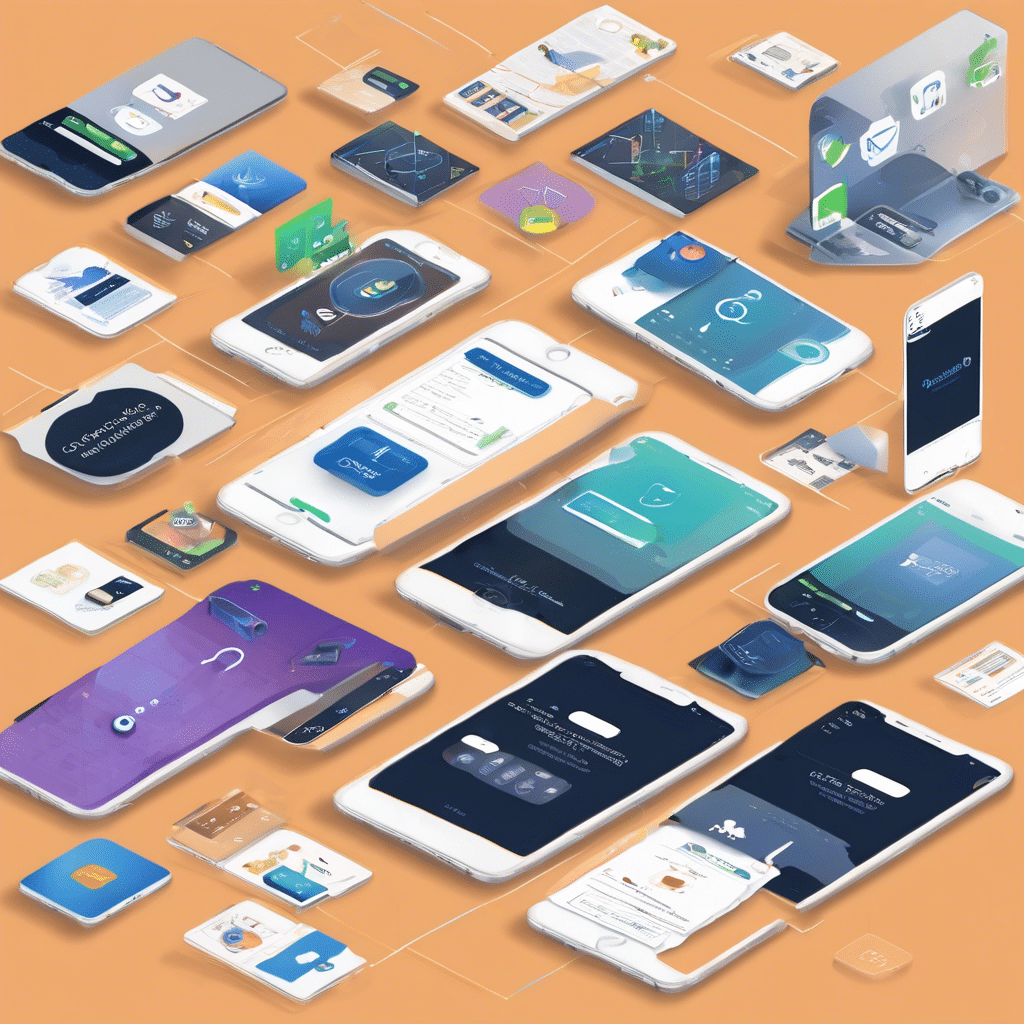With the world deep in the middle of the Fourth Industrial Revolution, it has been imperative for enterprises to undergo digital transformation and modernization to streamline their processes and provide better products and services to their customers.
Prior to the pandemic, businesses began moving their email server to the cloud and existing data centers to go fully cloud-native. With organizations at different stages of their cloud strategies, it wouldn’t be an exaggeration to say that the global health crisis sparked chaos of change, forcing business owners to expedite their modernization.
Where Do I Start?
Although the pandemic has called for organizations to ramp up technology investments, it’s not as easy as flipping a switch. Getting old systems to the cloud takes more than a few days—you’ll need a blogger budget and new infrastructure for the modernization process to push through.
With the rush to modernize your legacy estates, it can be challenging to navigate the complexities of having a successful transition. Businesses are bound to stumble and lose direction since there is no playbook on how to run an enterprise modernization when disrupted by a global pandemic.
If you want to ensure a successful transition into the cloud despite the unforeseen circumstances brought about by the pandemic, make sure to follow the three stages of modernization:
1. Enable Remote Work
The traditional workplace is no more! Although most companies had no choice but to let employees work at home during the height of the pandemic, it’s becoming more of a convenient solution to moving business operations to the cloud.
Letting employees work from anywhere without having to report on-site forced companies to depend on digital channels and collaboration platforms to interact with each other and achieve business goals, modernizing the organization’s processes.
2. Invest in a Cloud-Native Approach
As Priyanka Sharma, general manager at the Cloud Native Computing Foundation (CNCF), said, “Cloud-native has been the scaffold of the COVID era.” SupposeSuppose you’re aiming for digital agility and disruptive competitive advantage that the likes of companies “born in the cloud,” it would be the best time to start leveraging on cloud-native technologies.
By taking the suitable route according to your budget and tolerance for risk, you’ll be able to empower your organization to run scalable applications in dynamic environments such as hybrid, private, and public clouds.
3. Move Deep Legacy Apps Into the Cloud
Given the pace of change in the IT landscape, it has become crucial for businesses, especially long-established enterprises, to update, rebuild, or replace legacy apps. However, besides improving legacy systems for a successful digital transformation journey, moving the deepest legacy workloads into the cloud is also crucial.
Your deep legacy apps are the core of your business, which is precisely why you should move them to the cloud. This is far from an easy task, but it is possible and crucial to stay ahead of the competition.
Conclusion
Due to the global pandemic, previous plans of testing and meetings have gone out the window. Given the rapidly shifting needs of consumers, enterprises had to accelerate their strategies to remain competitive and relevant in the increasingly digital landscape. By following the stages of enterprise modernization and working with an IT consulting firm to help you navigate the process, you’ll be able to work on modernizing your business at a faster rate than expected.
If you’re interested in modernizing your enterprise but don’t know where to start, leave the job to our team at Seisan Consulting! Born out of curiosity and furthering knowledge of what is possible with what is available, our IT consulting firm continues to push the boundaries of commercial applications for emerging technologies. Contact us today!




